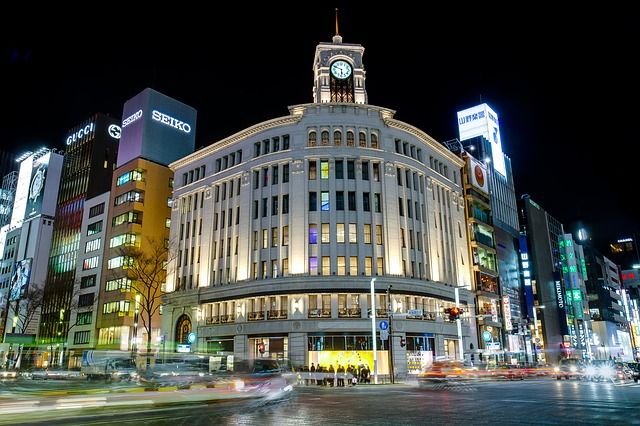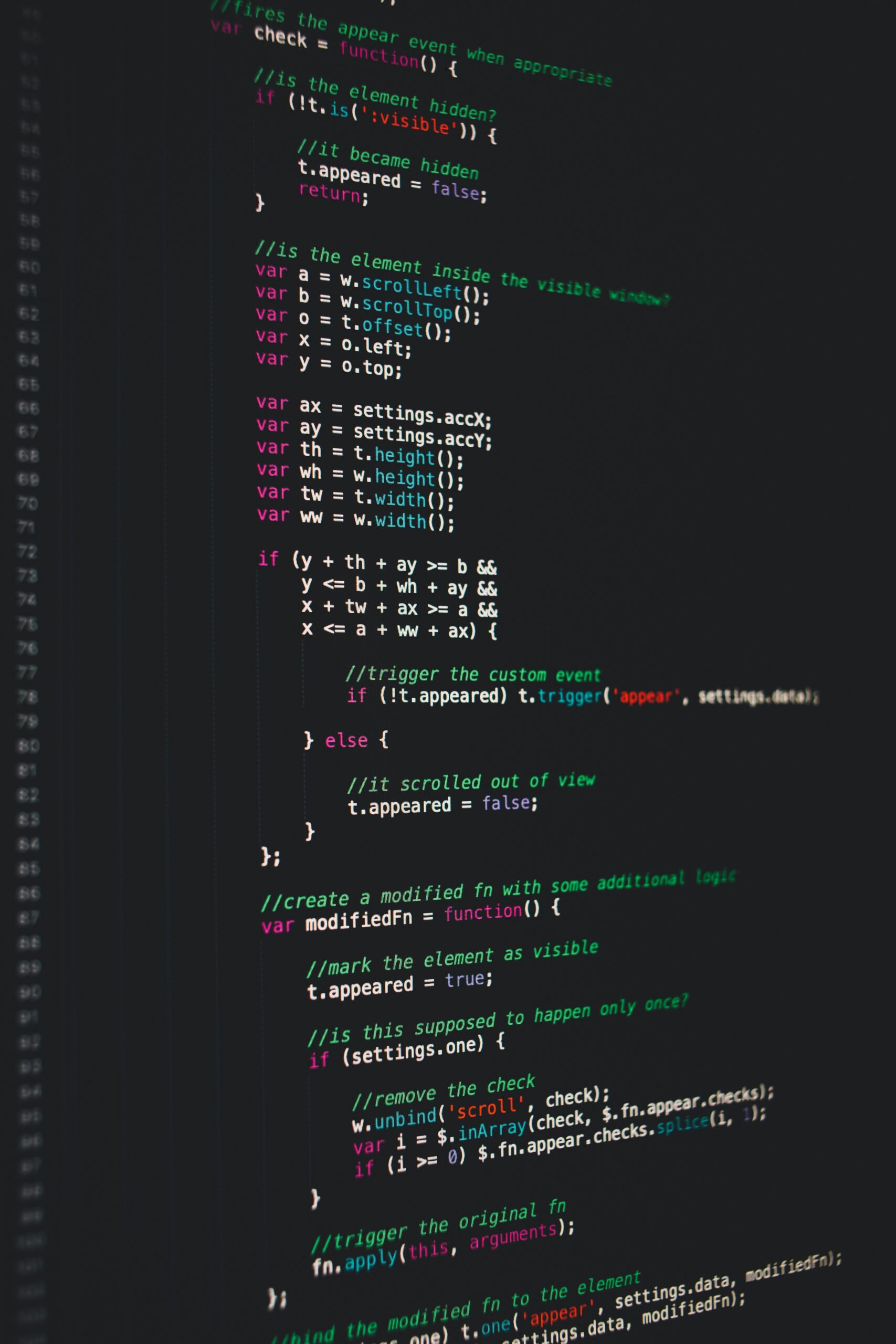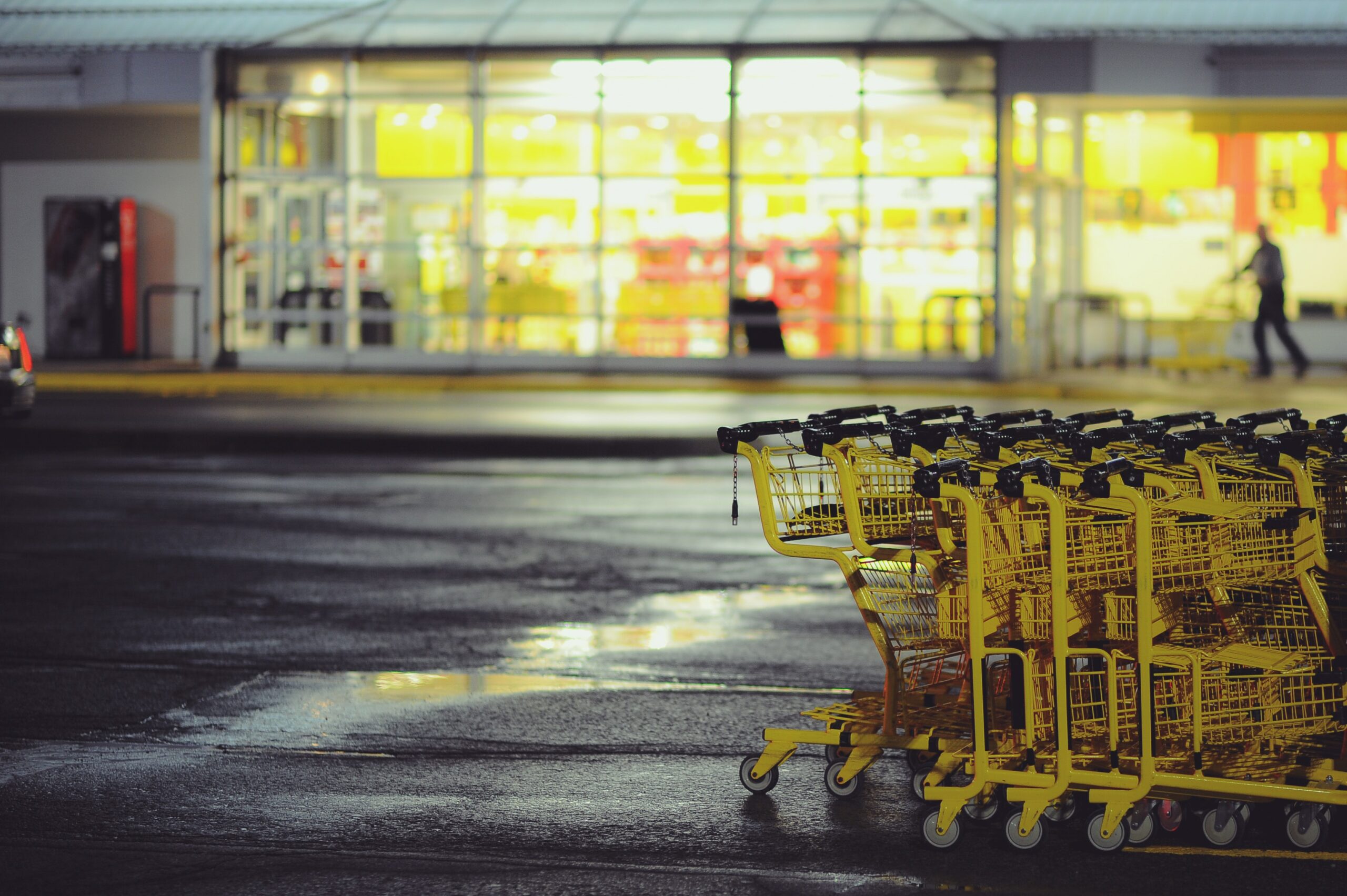
Virtually really here – AR powered by AI, analytics, and the GDPR data revolution
I’m straight from a secret meeting with an app developer south of the river – and my world has been rocked. The near-future of shopping doesn’t really exist. Bear with me for a moment. I’m not proclaiming the death of an industry that underpins our beloved capitalist commerce. I’m talking about augmented reality (AR) and virtual reality (VR), with personalisation powered by AI and analytics, fuelled by loyalty card data from your arch competitors that their most valuable customers will be bringing to straight to you. Money-saving apps giving AR aisle tours. Coming to UK supermarkets near you this summer.
What I am alluding to is the reality that the way in which we purchase goods in the future may not actually be entirely real. It may be virtual, it will certainly be augmented. In fact, its already begun (actually, surely we’ve reached the end of the beginning?) and knowingly or not, we conduct web chats where we are the only human in the conversation, we allow our domestic appliances to order our groceries and ‘talk’ to one another, we shout at boxes in our home to get us toilet paper and play music, and we chase novelty creatures around the streets (and into coffee shacks and burger palaces) with our phones. For a brief moment that golden summer, my friends at Niantic thought they were billionaires (and I’m sure they soon will be again with Harry Potter).
But will the way that we buy food, cars (Land Rover launched the Discovery Sport with an AR pop-up), and clothing really fundamentally change? It’s grocery that has the biggest opportunity, given the richest data to drive AR. I’m not sure that most people will know that it has! Success is when you don’t notice it. Subtlety brings its own challenges.
First things first. How do we measure what’s working if it’s virtual? One of the fun challenges of AR and VR is to think about how and what to measure to see if it’s working.
Some pundits say hey, we can track how AR and VR impact on Inspiration, awareness, exploration, selection, experience, purchasing, promotion/ advocacy etc… and where it might have a role to play. I’m somewhat sceptical of this kind of flabby framework. Interesting if AR and VR maybe are focused in retail on achieving some different objectives than you might think – maybe fewer returns not more sales? Or is it bigger baskets, not more frequency? This might challenge some of the fundamentals of retail that bigger basket strategies tend to be hugely less successful than frequency strategies. Breaking this rule could be a game-changer.
I think more hard-edged analytics around actual outcomes is far more useful than insipid talk of inspiration and exploration. Experience vs selling more? The story everyone says is that AR/ VR is about a better in-shop customer experience – retailers across different sub-categories have integrated AR and VR technology into their in-shop experience. Why? The magic AR mirror will let you let you try make-up and spot cover-all. Lacoste’s snappy AR mobile app lets you do everything… apart from the only thing that matters with shoes, which is see if they fit. It’s like a Boeing that doesn’t fly.
Whats’s AR for? Driving engagement, blah, blah , blah is the least of it. I know it’s going to be far more than that!
Firstly, let’s hope for a more efficient shop model from AR and VR, not just a better “customer experience” toy, but actually reducing stock, cutting store labour, shrinking shop size, and cutting shrinkage. Ok, so what’s practical and measurable? How about creating location-based AR incentives which are only redeemable in designated stores? Or Pokemon Go for your coffee shop. This drives store traffic and frequency, maybe even a trial of your store. How else is AR/ VR useful? It lets a retailer collect data and event better, GDPR compliant data.
Data is key to the success for a 2018 retailer (we data scientists are the new gods of the Information Age) and augmented reality has the potential to provide retailers with more, richer, data. Also you can append other data to your AR tool. E.g.: say, upload your Tesco Clubcard data to your Sainsbury AR app, it takes you around the store and shows you how much money you could have saved on your most frequently purchased SKUs. The app recommends the SKUs that are the better choice versus your ex-supermarket.
My next business doing this will make me a zillionaire! Data portability is the most fun thing about GDPR, and the right to port your data from Tesco Clubcard to Sainsbury Nectar, or between M&S Sparks and Waitrose. This will fuel a lot of AR tours of stores with money saving apps.
Second is using AR to drive basket size with explicit guidance through your weekly trolley shop. Everyone is preparing their portals to import loyalty data from competitors, the incentive programmes to “buy” the customers’ data, and the “money saving apps”. I have been told that many of these in summer 2018 will be AR aisle tours.
Given Aldi are building giant-sized new UK stores, with dramatically expanded SKU-assortment, I wonder how they might guide customers around these new stores? I think we know!
But this personalisation is key. AR without personalisation is like porridge without salt. Vanilla AR would fail.
Can intelligence be artificial? And should we take it personally? Well it’s better than real stupidity (ok, I may have used that joke in a previous blog). Let’s take AI to start, hardly a new concept if you engage any mathematician in conversation, and some of my oldest friends have PhDs in Artificial Intelligence. Maybe the increase in available computing power such as that we now all carry in our pockets and the wealth of data now stored, has helped enable the utilisation of AI. My question is where it can most effectively be deployed in the word of retail. Yes, we have seen trials of beacons and geo-tagging in stores to allow customer specific offers to be sent to devices when people are in certain aisles but there were too many different and expensive ducks that needed to be perfectly aligned for success, let alone a meaningful ROI. It sounds exciting, but is there genuine potential?
The very premise of machine learning requires a lot of past data to learn from and an accurate feedback loop to continue improving. Otherwise the car crashes and the shelves go empty. Analytics is the fuel for AR/ VR. Of course, I’m our firm’s Head of Analytics so my mind immediately runs to, these technologies are nothing without the gasoline of analytics to fuel the engine. AR and VR that isn’t personalised and “for you” seems a bit boring and vanilla.
Think of the supplier funding to have their SKUs featured in the AR app? It might even make promotions almost profitable.
That’s why accessing your arch rivals’ loyalty card data and pushing it through your AR app will really turn grocery AR “for you” into something spectacular. Tesco’s AR cushion visualiser lets you see what a cushion looks like on your sofa next to your cats and/or boyfriend, but in so doing collects huge amounts of data about you.
Does your cushion app really need to know your location? We hunger for data to feed these machines. By virtue this means that for individual shoppers there isn’t a track record to work with, or a likely set of balanced corrective feedback – although this hasn’t stopped a large number of predominantly marketing and targeting companies chasing the dollars. The yellow brick road of AR/ VR. However, if we step behind the curtain of the retail theatre into the operational corridors, the opportunities are very different. My view is that AI and machine learning are already doing a good job across data driven processes, for example regulating and predicting stock flow and ordering, tied to seasonality and external events, but in the future they could be doing a fantastic job. PayPal for example, like other financial institutions, has been leveraging AI to highlight potentially fraudulent transactions in the less attractive but very real side of retailing. Individual customers don’t transact anywhere near enough for AI to be truly personal which is probably why Amazon keeps recommending all of the other TVs I might like to buy based on the one I just bought. However, take the individuality out of the consumer purchasing pattern and roll everyone up, now we have a much more workable and exciting data set to leverage.
What do we like? Not all retail AI and VR is crap. Some is very likeable… Ikea Place launched in the US, allows you to place (haha!) virtual Ikea furniture into one’s own home to see how it might look once (eventually) assembled. Dulux Visualiser uses an AR app for smartphones in the comfort of your home in a simple, pretty basic, but highly effective way – for you to see what your walls look like when painted with new different colours. What colour matches your furniture, flora, fauna? Virtually augmented, but not quite.
While the terms of virtual and augmented reality seem to be somewhat lazily used interchangeably there is a distinct difference which I believe to be rather pointed.
So far, I find it hard to see virtual reality lasting the course in retail as its definition proclaims an almost-ran, but not complete reality can only really offer so much. There are of course many fun and experiential campaigns out there generating lots of buzz for brands; North Face have whisked shoppers away to Yosemite National Park from within their stores, Lexus, Volvo and Jaguar Land Rover have all created similar, if slightly different vehicle simulations in stunning virtual locations.
However, the thing that strikes me across most of the examples I have seen, is that due to the technology and hardware required, the customer is already likely in the retailer store or showroom by the point they are interacting with the VR experience. So the shopping trip isn’t really very virtual, unless of course they don’t actually complete a purchase. Augmented reality on the other hand, the very process of adding something to make it greater, I can see having a more direct potential on retail conversion particularly during the research phase of the customer journey. Certainly in the fashion, H&B and homeware categories, there are existing applications that are easily attainable via smartphone apps and allow you stretch your imagination and to see yourself trying on a new pair of crocodile shoes, wearing some new makeup from Sephoria, or seeing how your living room would look after redecorating with Dulux paints or adding a piece of Ikea furniture. Or wearing your new anorak in a pretend Himalaya simulation.
These haven’t been without challenges at launch with some wrinkles to iron out, but I feel that the proximity of augmented reality having a positive impact on the customer shopping experience at scale is within reach.
Are you talking to me? Well, I’m the only one here. It may be one for another blog (next week’s commute to New York or Abidjan) but the clear advance of in-home connectivity and voice devices deserves a mention – as a reminder of whether customers actually need something or simply want something and the very real impact that has on success, which will ultimately be the barometer for VR and AR in retail. I am not sure that people are making conscious choices at this stage about domestic appliances, and rightly so, except that there is now an arm wrestle for your attention between Google and Apple and Amazon and Android and believe it or not this may dictate what TV or freezer or washing machine you buy, otherwise your smart device may not be smart enough to talk to your other devices and update your weekly grocery shop.
Given that we at OC&C do a lot of our retail research in partnership with Google, I feel I should give a shout out to their AR toolkit, i.e.: Google’s ARCore. But there’s lots of other tools, e.g.: Apple’s ARKit, as used by Burberry (for pointless Sangra pics, not of, say, actual trench coats). Technological advancement sees many capable sane alternatives slain by the wayside, like Betamax, Minidiscs, HD-DVD, and Sega and I wonder whether the future needs to be collaborative not competitive for these AR and VR technologies to really become commonplace and woven into our lives.
I’m reading today that fast-ish fashion shop Zara is slowly rolling-out AR technology across their estate. This is great, but Summer 2018 will all be about grocery AR. AR aisle tours with a money saving narrative finding your favourite SKUs and showing you Own Label alternatives to competitors, with personalisation powered by AI and Analytics, fuelled by competitors’ loyalty card data. It is this intersection of AR powered by AI, Advanced Analytics, and the GDPR data revolution that is going to make an astounding Summer 2018 in UK grocery retail.
Key Contacts

James Walker
Partner



